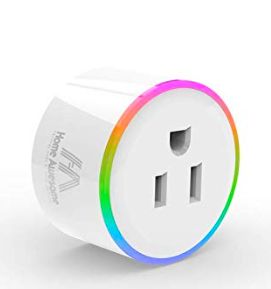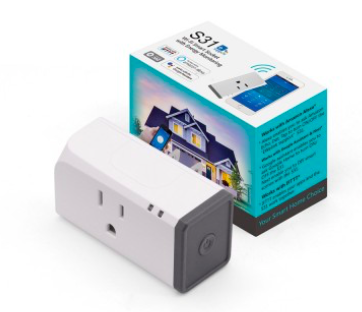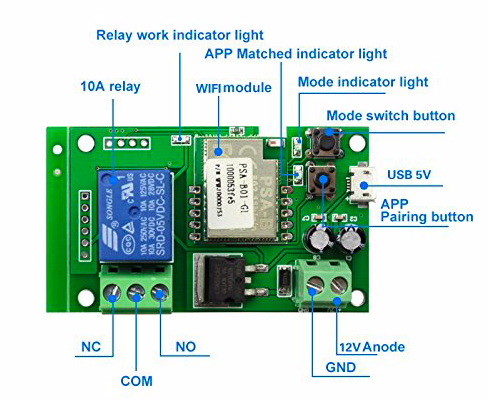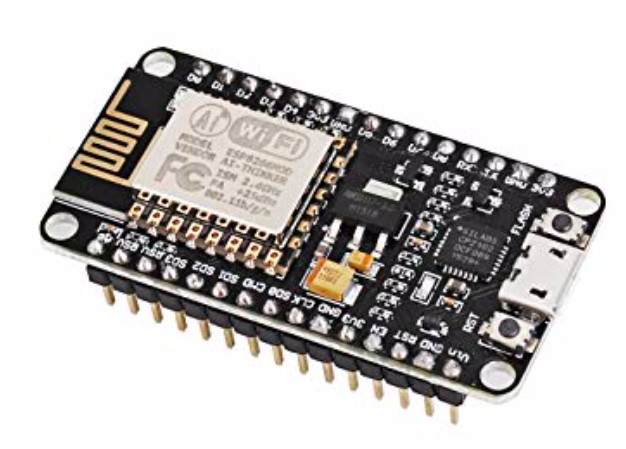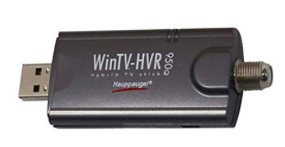 So sometimes a really good technology just never really takes off. A USB TV Tuner is just one such technology.
So sometimes a really good technology just never really takes off. A USB TV Tuner is just one such technology.
It should have taken off. Just about everyone who has a laptop should have one of these. I have three.
So what would you use it for? In my case I live in a Hurricane zone and in fact got blasted by Hurricane Florence last year and had no power for several days. (Actually I had power because I have a full house generator). Anyway, due to a concern for the amount of fuel I had on hand I shut down at times and THIS is how I got my news during those times.

